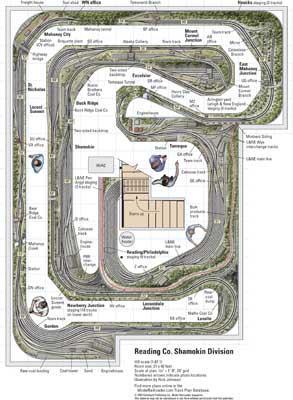
Name: Reading Co., Shamokin Division Layout designer: Jim Hertzog Scale: HO Size: 30′-6″ x 40′-0″ Prototype: Reading Co. Locale: eastern Pennsylvania Era: 1952-1957 Style: linear walkaround Mainline run: 285 feet Minimum radius: 30″ Minimum turnout: no. 4 Maximum grade: 2.6 percent Click on the link to download the PDF of this track plan. […]
Read More…
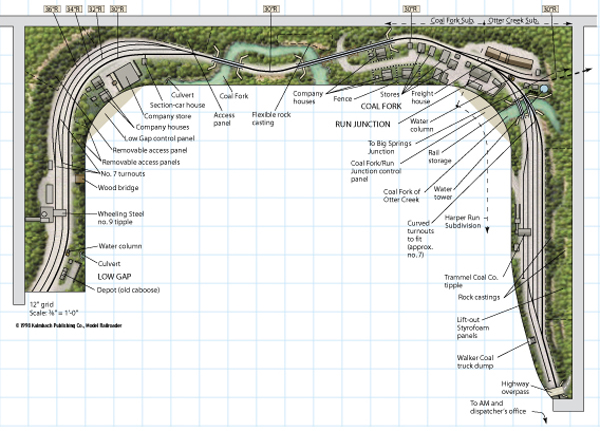
Track plan at a glance Name: Allegheny Midland (Coal Fork Extension) Scale: HO (1:87) Size: 13 x 19 feet Prototype: free-lanced, based on coal branches of the Chesapeake & Ohio and Virgnian Period: 1957 Style: walkaround Minimum radius: 30″ Minimum turnout: no. 6, handlaid to fit Originally appeared in the June 1998 issue of Model […]
Read More…
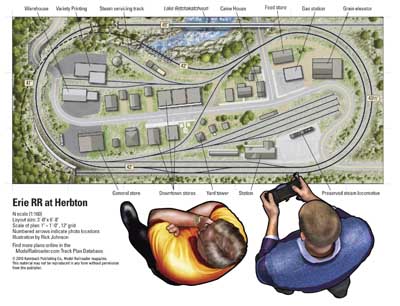
Name: The Erie RR at Herbton Layout designer: Clay Deeds Scale: N (1:160) Size: 36″ x 80″ Prototype: Erie RR Locale: Northern Ohio Era: 1950s Style: tabletop Mainline run: 33 feet Minimum radius: 11″ Minimum turnout: no. 5 Click on the link to download the PDF of this track plan. […]
Read More…
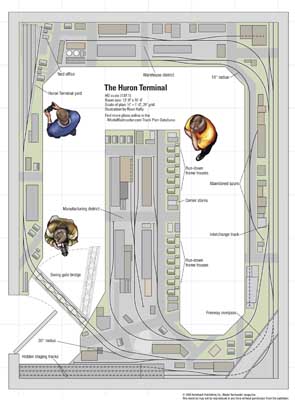
Name: The Huron Terminal Layout designer: Mark Olstyn Scale: HO (1:87.1) Size: 12′-0″ x 16′-6″ Theme: urban switching Locale: freelanced, inner city Era: 1990s Style: walkaround Mainline run: 46 feet Minimum radius: 18″ Minimum turnout: no. 6 Maximum grade: none Click on the link to download the PDF of this track plan. […]
Read More…
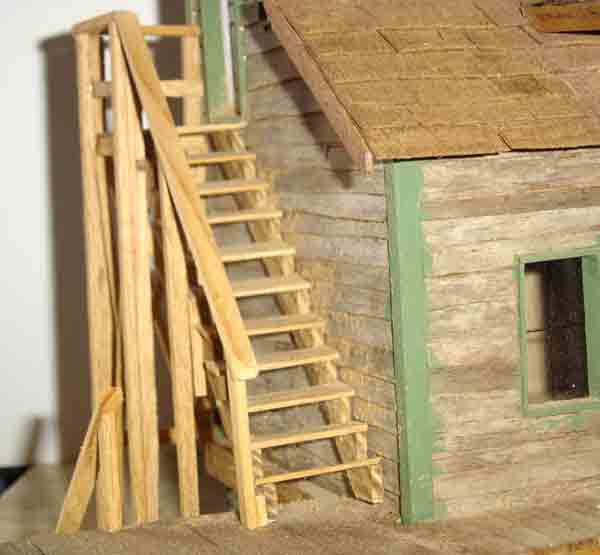
These stairs look complex but are surprisingly easy to construct using the author’s method. They add lots of character to structures. Add stairs to your structures with this step-by-step guide by Larry Elsenheimer! […]
Read More…
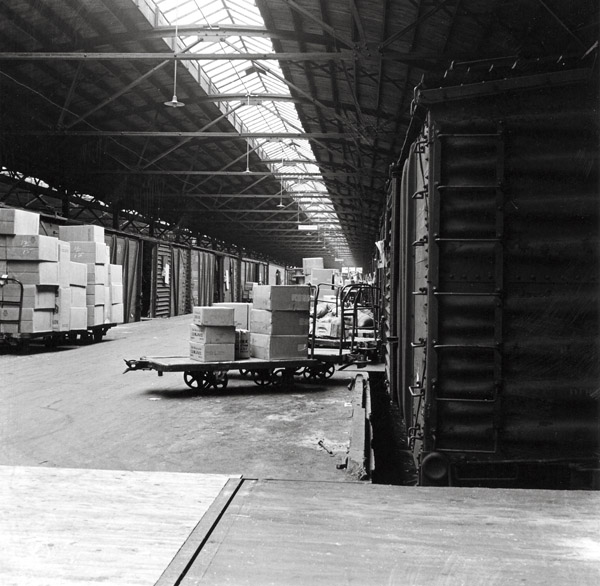
Many of our model railroads have freight stations, but we don’t always make the most of their operational possibilities. Especially for cities from medium to larger size, freight stations can be among the busiest industries on our layouts. Freight stations provide rail service to businesses that don’t have their own rail sidings. You can think […]
Read More…
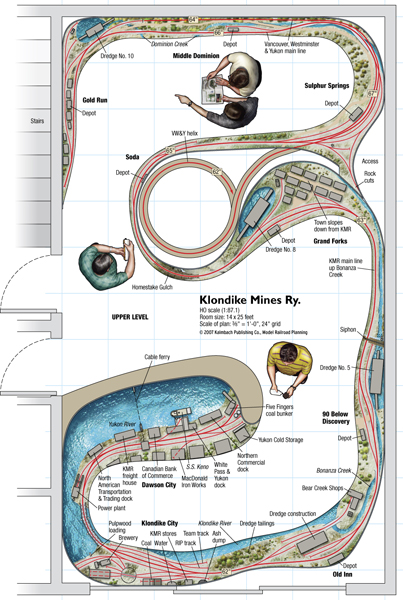
Name: Klondike Mines Ry. and Vancouver, Westminster & Yukon Scale: HOn3 (1:87.1, three-foot gauge) Size: 14 x 25 feet Theme: gold mining Era: 1949 Style: multi-deck walkaround Mainline run: 200 feet (including helix) Minimum radius: 24″ narrow gauge, 30″ standard gauge Minimum turnout: no. 8 Maximum grade: 3 percent (1.5 percent in helix) Originally appeared […]
Read More…
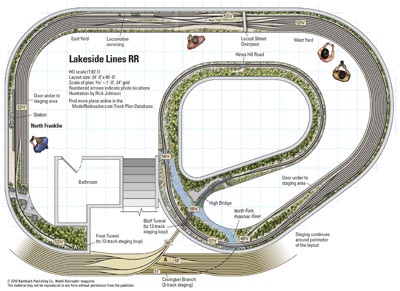
Name: Lakeside Lines RR Layout designer: Tom Harris Scale: HO (1:87.1) Size: 24 × 40 feet (plus staging) Prototype: freelanced, based on Chesapeake & Ohio and Norfolk & Western Locale: eastern West Virginia Period: early summer, 1980 Mainline run: 146 feet Minimum turnout: no. 6 (yard), no. 8 (main) Maximum grade: 1 percent Click on […]
Read More…
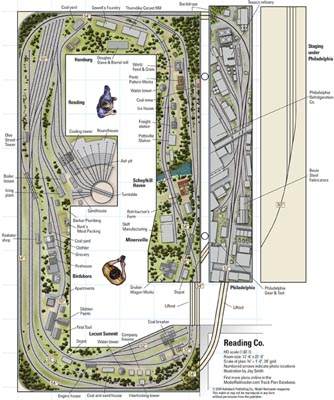
Name: Reading Co. Layout designer: Sy Diamond Scale: HO (1:87.1) Size: 13′-6″ x 22′-0″ Prototype: Reading Co. Locale: eastern Pennsylvania Era: 1930s to early ’40s Style: walk-in with two liftout sections Mainline run: 80 feet Minimum radius: 36″ (main) Minimum turnout: no. 6 (main), no. 4 (yards and industries) Maximum grade: 2 percent Click on […]
Read More…
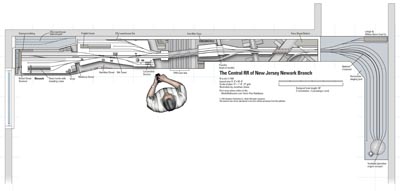
Name: Central RR of New Jersey, Newark Branch Layout designer: Jonathan Jones Scale: N (1:160) Size: 6′-1¾” x 18′-9″ Prototype: Central RR of New Jersey Locale: Northern New Jersey Era: 1950s Style: shelf Mainline run: 15½ feet Minimum radius: 14″ (main), 12″ (industrial tracks) Minimum turnout: no. 6 Maximum grade: none Click on the link […]
Read More…
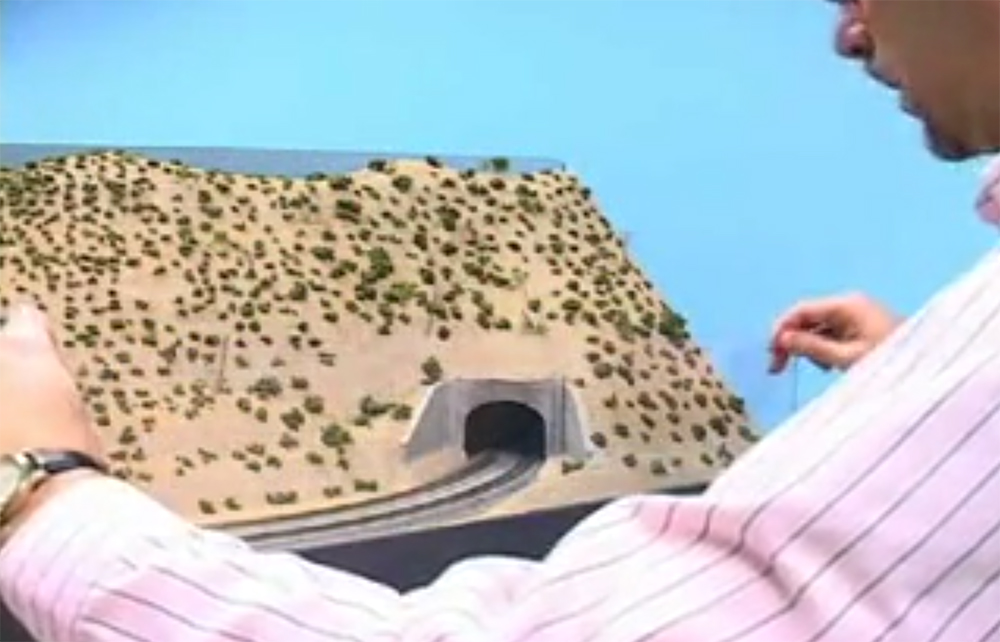
Having trouble viewing this video? Please visit our Video FAQ page Model Railroader managing editor David Popp shows how to make a Plexiglass safety fence for your train layout. […]
Read More…
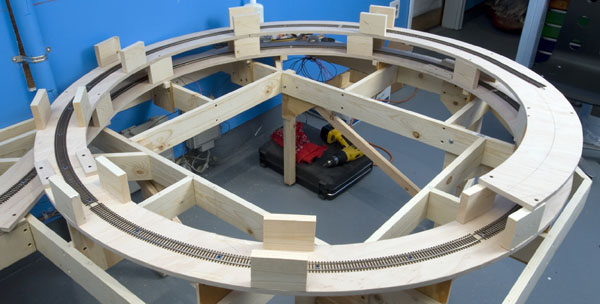
A house, a car, and a layout all have something in common: they turn out better when they’re built on a solid framework. This is especially true of a helix. A helix – a spiral ramp meant to lift a model train from one level of a layout to another – may not be prototypical, […]
Read More…












